Lithium Americas poised to tap into EV revolution

Drilling at Thacker Pass in Nevada. CREDIT: LITHIUM AMERICAS
Alexi Zawadski, president of North American operations for Vancouver-based Lithium Americas, believes the company is on the cusp of something big and – to make the point – he employs an historical analogy. “It’s kind of like 1910,” he says. “You look outside and you see a Model T go by and you think: should I get into oil?”
Fast forward a century and a bit and the question becomes: should I get into lithium? To which Zawadski would reply: absolutely. Lithium is a critical component in the batteries of the future, which will store electricity generated by wind and solar power and will provide the energy needed to move cars, trucks and all manner of vehicles.

Alexi Zawadski.
“Lithium is the most exciting space in mining right now,” he says. “You can tie it to the recent decision General Motors made. They’re closing plants producing vehicles powered by internal combustion engines and focusing on electric vehicles. They’re looking at a 100 per cent electric fleet.”
It’s a revolution in the making and Lithium Americas is positioned to take advantage of it. The company is currently developing two lithium mines – the Cauchari- Olaroz project in northwestern Argentina and the Thacker Pass project in northern Nevada. Both are scheduled to be in production by the early to mid- 2020s, but the similarities end there.
Cauchari-Olaroz is a conventional lithium brine project. Lithium Americas owns 62.5% of the project, with the balance held by Shanghai-based Ganfeng Lithium and that’s neither accident or coincidence.
The Chinese are minor players in lithium mining, but they lead the world in upgrading lithium concentrate to battery- quality lithium carbonate and lithium hydroxide. “Twenty years ago they looked at the automotive industry and asked themselves ‘Why are we so bad at it?’” Zawadski says. “They realized they were never going to catch up on internal combustion engines. One of the core economic development policies in China was to invest in electric vehicles and battery technology. They’ve eclipsed the entire world.”
And that includes the United States, which is the world’s largest consumer of lithium, but only produces two per cent of it. The problem for the U.S. is both economic – since lithium consumption is expected increase readily in coming years – and strategic since the U.S. military uses lithium-based batteries in everything from computers and communications devices to night vision equipment and emerging weapons technology.
Indeed, President Donald Trump issued an executive order in 2017 declaring lithium a “critical mineral.”
“This is very important for our project because Thacker Pass has the potential to satisfy the entire U.S. lithium demand, or at least a high percentage of it,” says Zawadski. “It’s that large.”
The market-ready product, which can be used in battery production, is known as lithium carbonate equivalents (LCE).
Zawadski says Thacker Pass will produce about 60,000 tonnes per year once the mine is in full production. Global production currently ranges from 230,000 to 250,000 tonnes per year, but is expected to reach 800,000 to 1.1 million tonnes by 2025.
Lithium Americas acquired Thacker Pass in 2015 from a company called Western Lithium, which had delineated a deposit capable of producing 26,000 tonnes of LCEs annually for 20 years. The new owners conducted exploratory drilling in 2017 and 2018. Zawadski says they discovered some of the richest deposits – as measured in parts per million. They more than doubled the potential annual output and extended the projected life of mine to 46 years.
Furthermore, the ore is easily accessible. The deposit begins, on average, 30 feet below surface, yielding a very low strip ratio of 1.6:1. And it is a rich orebody – averaging 3,300 parts per million while some seams hold over 8,000 ppm. “Our ore is two to three times higher grade than comparable projects in the U.S.,” he says.
They have also developed a method for processing the ore that has not been used in lithium mining. The previous owners had planned to apply the crushing, grinding and flotation process used in hard rock lithium, which Zawadski likens to “using a sledgehammer to crack a walnut.”
The lithium in Thacker Pass is found in much softer sedimentary rock and the company adjusted its thinking to fit the resource. Processing will essentially happen in three stages – washing, leaching and crystallization.
First, the clay ore will be washed with water in an agitator. The ore will then be placed in large vats filled with sulphuric acid. The mineral will dissolve to form a lithium sulphate brine while the clay and other impurities settle at the bottom of the vat. The lithium sulphate brine will then be sent to crystallization companies that will turn the clear liquid into a white powder, which will require further upgrading before it is considered battery quality.
“This is not a new technology,” says Zawadski. “It’s widely used across the U.S. in the phosphate industry. It’s quick and cost-effective and it’s environmentally sustainable.”
The company plans to build a co-generation plant that will produce sulphuric acid by blending elemental sulphur with water – a process that generates excess heat. Zawadski says the company can capture that heat and use it to produce steam that generates electricity. He adds that the plant will generate more electricity than the company needs to run its own operations and the excess can be sold to the local electrical grid.
“Our electricity will be a premium product because it’s firm energy in an area that is rapidly expanding into renewables, primarily solar,” says Zawadski. “It will help stabilize the grid.”
At this point, Lithium Americas expects to have the first phase of its mine in production by 2023. The company intends to file a refined mine plan of operation with the federal Bureau of Land Management by mid-2019 and hopes to have construction permits by the end of 2020.
Meanwhile, the company is building a pilot plant in Reno, Nevada to optimize the process for producing sulphuric acid and generating electricity. And it is seeking a joint venture partner to help finance the development of the mine, which comes with a hefty price tag attached – US$581 million for the first phase and US$478 million for the second.
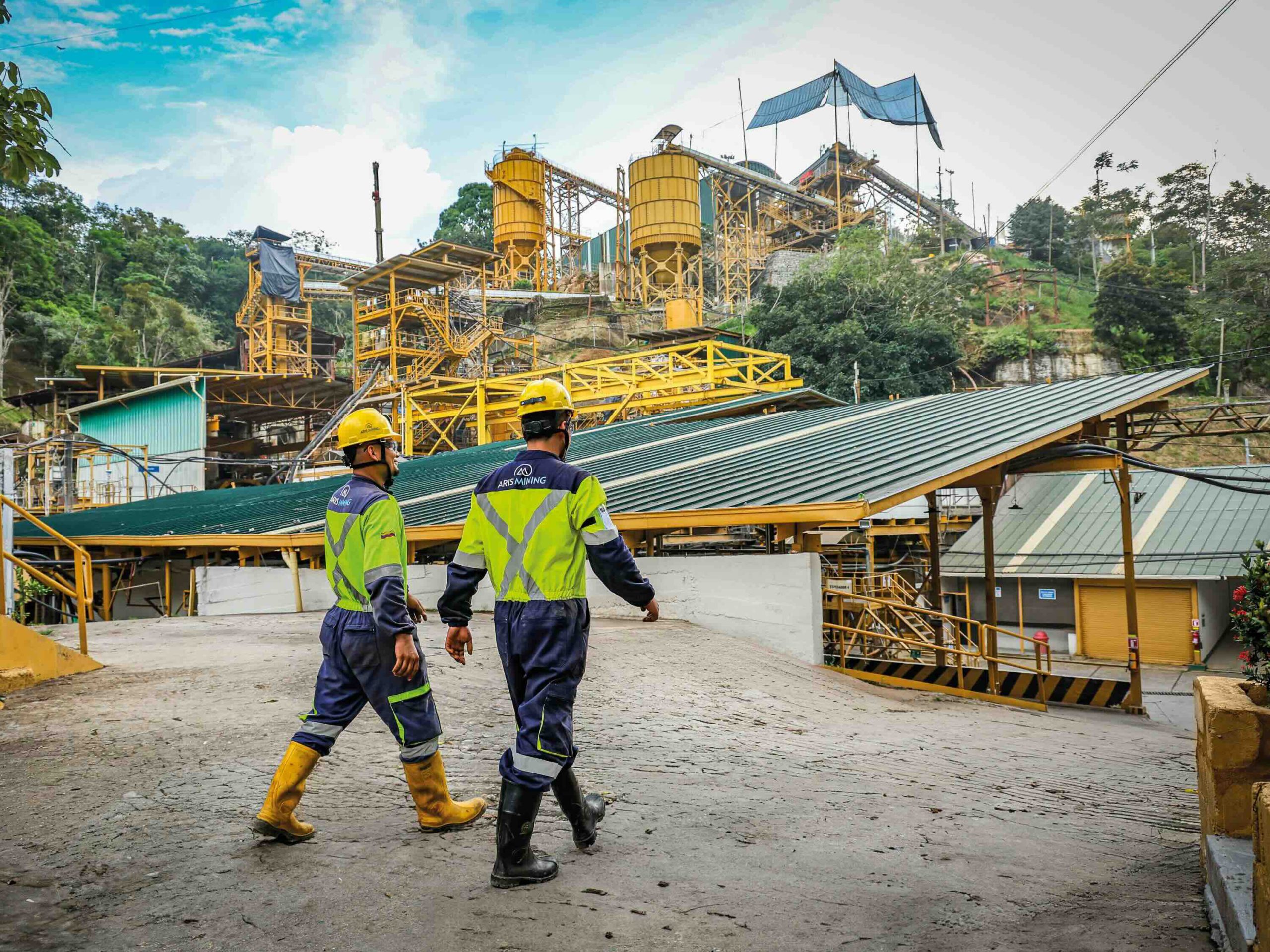
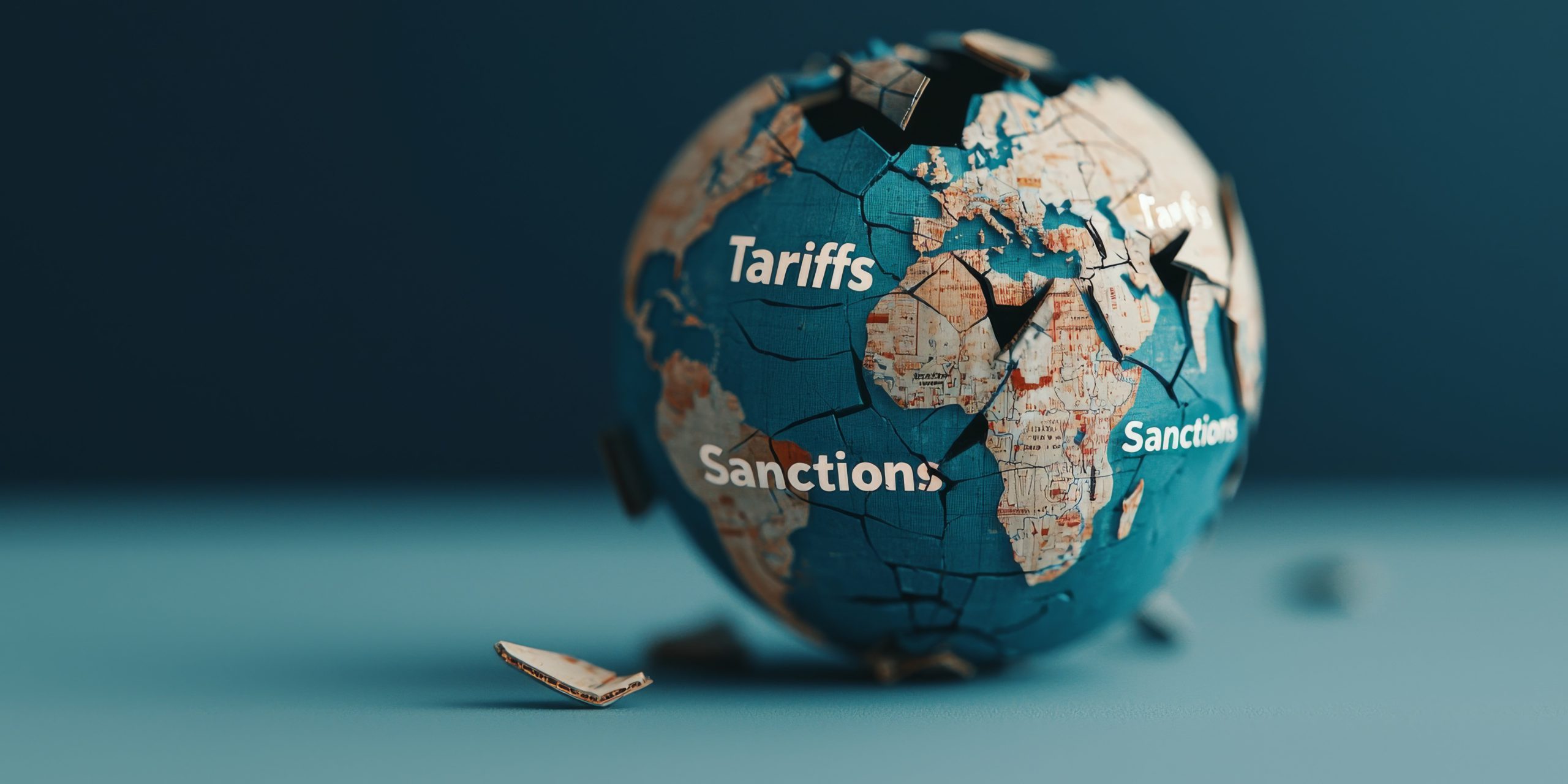
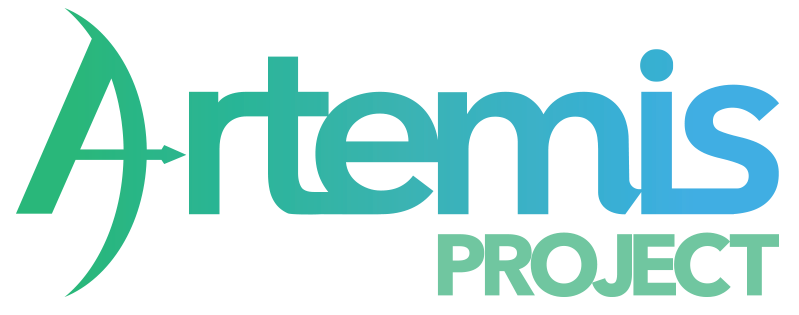
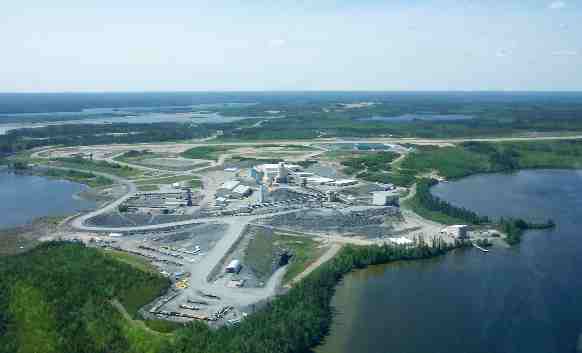
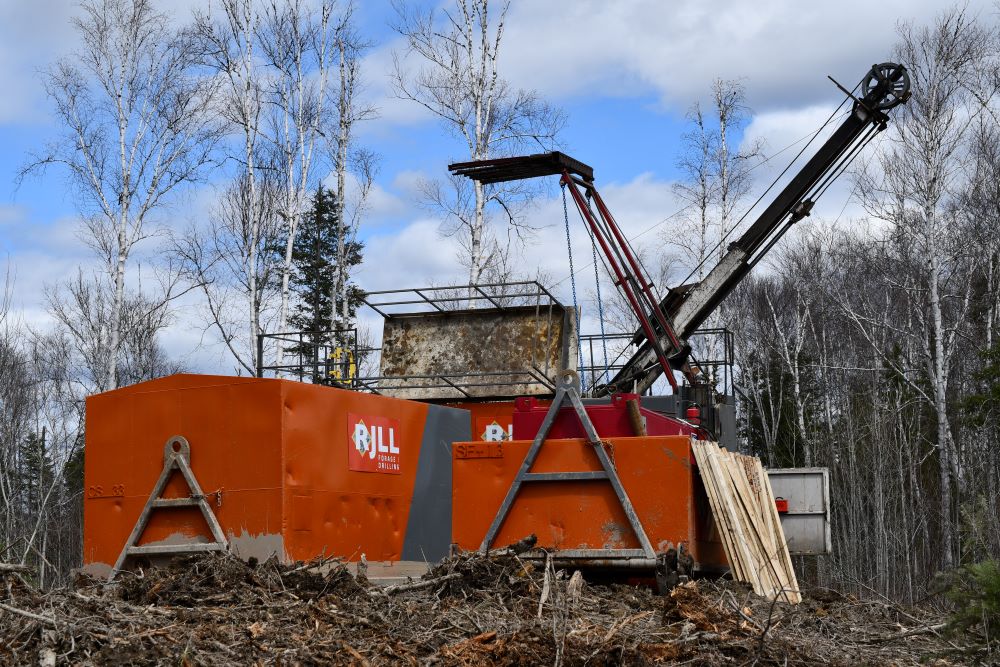
Comments